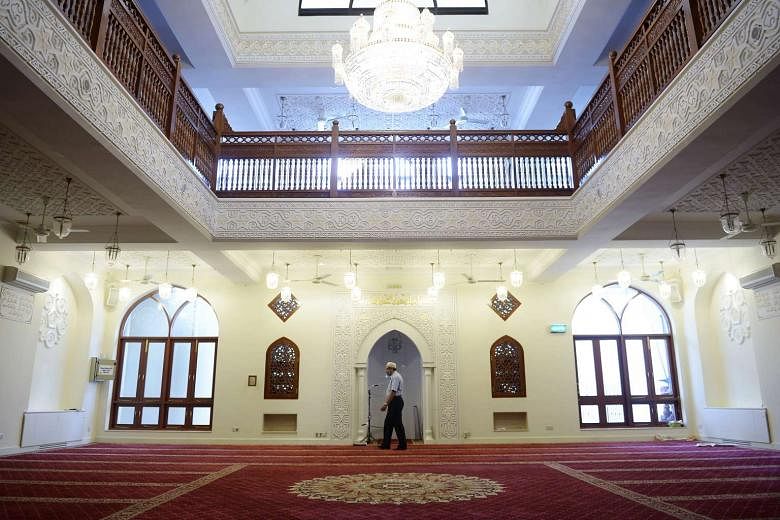Solidarity is prized among the tightly-knit Indian Muslim community known as the Dawoodi Bohras.
In Singapore since the mid-1800s, they were a community of about 400 people for many years.
An influx of professionals in recent years has swelled their ranks to about 1,000 today. Here are five facts about them:
1 They are renowned as traders, with their roots in India's north-western state of Gujarat. The word Bohra is actually from the Gujarati words "vohorvu" or "vyavahar" which translates as "to trade".
2 They congregate at the Burhani mosque in Hill Street. First built as a single-storey mosque in 1897 by merchant A.M. Essabhoy, it was rebuilt in 1956, then renovated and reopened as a 10-storey mosque complex in 2000. The community has borne all the costs of enlarging the mosque.
3 They take guidance on all matters from the Da'i Mutlaq, whom the Burhani mosque's management board defines as their "absolute or unrestricted missionary". At present, the Da'i Mutlaq is His Holiness Syedna Mufaddal Saifuddin Saheb, who is based in India.
4 They have a strict dress code, particularly in the mosque. The men don a Libas-ul-Anwar or all-white robe from top to toe, and a white skullcap with embellishment in gold thread. The women wear a two-piece outfit called the rida, which leaves only their faces uncovered.
5 Their sumptuous cuisine has Gujarati and Middle Eastern influences. They tend to eat their meals together, off a thal or metal platter, starting and ending each meal with a grain of salt. They move on to a sweet, then a savoury, alternating the courses like so until the end. No one should get up from the thal until everyone else has finished eating, as eating together symbolises togetherness and egalitarianism.
Cheong Suk-Wai

